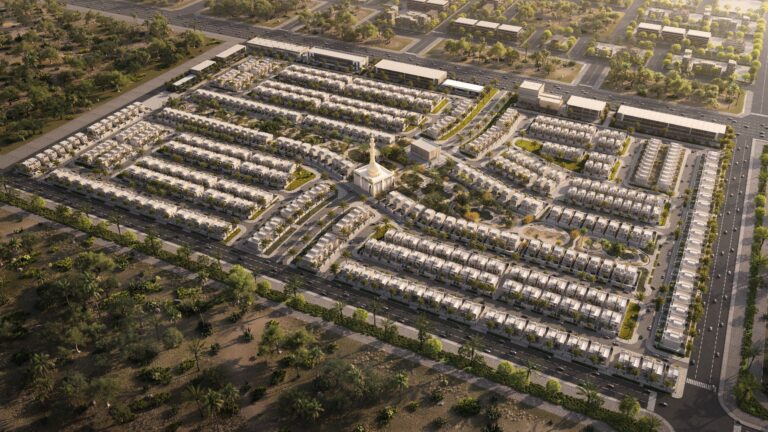How architects can benefit from ChatGPT in their work
ChatGPT, also known as Transformer Generative Pre-trainer,
is a powerful language generation tool that has the ability to produce human-like text.
This technology has the potential to revolutionize the architecture industry,
By providing architects with new ways to communicate and collaborate with clients, contractors, and other stakeholders.
In this article we will explore how architects can leverage ChatGPT for their practices and the benefits this technology can provide.

Enhance communication and collaboration
One of the main advantages of ChatGPT for Architects is the ability to improve communication and collaboration.
Architects often have to work with a variety of stakeholders.
Including clients, contractors and other designers.
ChatGPT can help architects communicate and collaborate more effectively.
By providing them with the ability to create a human-like script.
For example, ChatGPT can be used to create personalized email messages for clients,
Determine the details of a design proposal, or to generate reports for stakeholders,
detailing the progress of a construction project.
In addition, ChatGPT can be used to generate proposals and proposals for building design,
This makes it easier for architects to communicate their designs to clients and stakeholders in a more persuasive manner.

Suggested design ideas
ChatGPT can be used to simplify the design process for architects.
The tool can be used to generate building design proposals,
which can be used to create detailed design documents.
This includes floor plans, elevations and partitions as well as 3D models.
For example, architects can use ChatGPT to create floor plans, elevations,
and building sections in a fraction of the time it takes to create them manually.
Moreover, ChatGPT can also be used to generate building codes and regulations,
ensuring that architects’ designs comply with local and national building codes,
Thus avoiding costly errors and delays in the construction process.

Promote creativity
ChatGPT can also be used to improve the creativity of architects.
The tool can be used to generate new and innovative design ideas,
inspiring architects to think outside the box.
For example, ChatGPT can be used to create design variants of a building,
such as modern design, traditional design, or minimalist design.
Also, ChatGPT can be used to generate design concepts,
which can be used to explore different design styles and aesthetics.
This can help architects develop a more diverse range of designs,
increasing their chances of getting new clients.

Make use of generative tools
Architects can use ChatGPT and other visual tools like MidJourney, Stable Diffusion,
and Maket to create new and unique design concepts.
And by using ChatGPT’s natural language processing capabilities,
Architects can easily understand and interpret the client’s needs and requirements.
Then, using visual tools like MidJourney,
architects can create interactive and immersive virtual reality environments that allow them to test and explore different design ideas in a real-world setting.
On the other hand, tools like Stable Diffusion can be used to create and analyze complex geometries,
While Maket can be used to create multiple different architectural plans in a time efficient manner based on the needs of its clients.
By combining ChatGPT’s powerful language processing with these visual tools.
Conclusion
ChatGPT is a powerful language generation tool that has the potential to revolutionize the architecture industry.
Architects can leverage ChatGPT for their practice using the tool to improve communication and collaboration,
streamline the design process, and boost creativity.
And with ChatGPT, architects can communicate and collaborate more effectively,
Create detailed design documents, and explore new and innovative design ideas.
This technology can also help architects increase their efficiency, productivity and creativity,
leading to greater success in their practices.
For more architectural news






